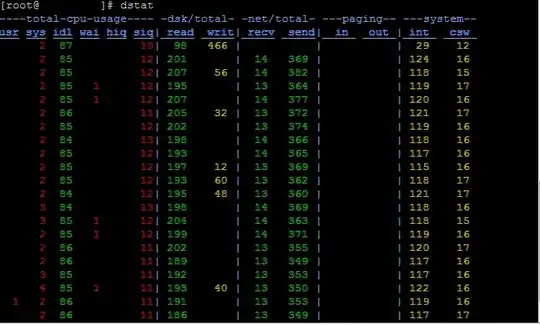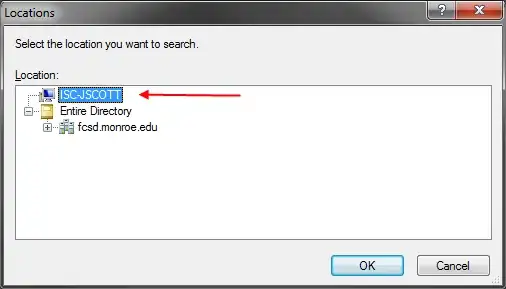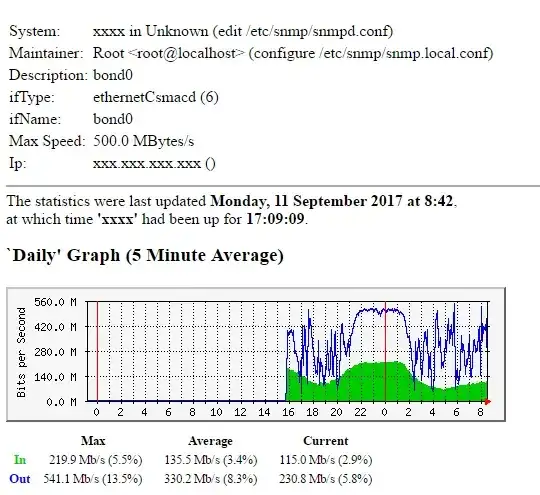Im trying to determine which hardware causing the bottleneck of the server, the server is mainly used for serving video files on a heavy traffic site.
i have dstat output look like below (will get up to 500+ for send part on peak hour):

interface output as below showing max speed is 4000Mb/s:
below is mrtg for daily showing 500Mbyets max speed:
The hardisk info using: smartctl -a /dev/sda
HDD info:
Vendor: DELL
Product: PERC H710P
Revision: 3.13
User Capacity: 1,999,307,276,288 bytes [1.99 TB]
Logical block size: 512 bytes
Logical Unit id: 0x6b82a720d22304002116d6c01027fc4d
Serial number: 004dfc2710c0d61621000423d220a782
Device type: disk
Local Time is: Mon Sep 11 09:06:33 2017 CST
Device does not support SMART
Error Counter logging not supported
Device does not support Self Test logging
how do i know which one is causing the bottleneck? using pure-ftp i always get listing directory failed, once i disable the nginx, i immediately able to list the directory. Now im not sure which is causing the bottleneck problem, either the max hdd data read or the network bandwidth, please help me so that i can decide to add a new hdd or add bandwidth.